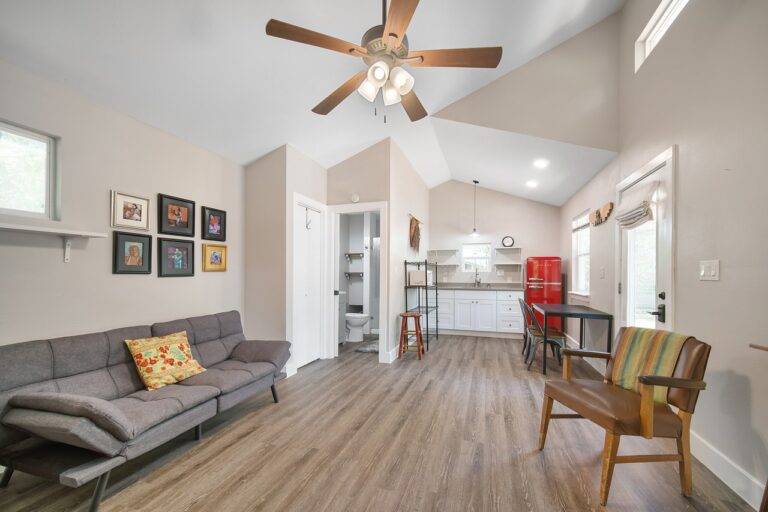How to Improve Indoor Air Quality
When it comes to identifying common indoor air pollutants, it is crucial to pay attention to the signs and symptoms that may indicate poor air quality. One common way to spot potential pollutants is through your sense of smell. If you notice musty or unpleasant odors lingering in your indoor space, it could be a sign of mold, mildew, or other harmful substances present in the air.
Another way to identify indoor air pollutants is to observe any physical reactions you or others may be experiencing. Symptoms like coughing, sneezing, watery eyes, or headaches when indoors could be a sign of poor air quality. Keeping track of when these symptoms occur and noting any patterns can help in pinpointing the source of the pollutants.
Importance of Proper Ventilation in Indoor Spaces
Proper ventilation in indoor spaces is crucial for maintaining a healthy and comfortable environment. When indoor air is stagnant and lacks proper ventilation, pollutants such as dust, pet dander, and volatile organic compounds can accumulate. This can lead to poor indoor air quality, which can exacerbate respiratory issues and allergies among occupants.
In addition to reducing indoor air pollutants, adequate ventilation helps regulate moisture levels in the air. Excess moisture in indoor spaces can create a breeding ground for mold and mildew, which can pose serious health risks. Proper ventilation helps to circulate air and prevent moisture buildup, promoting a more comfortable and healthier indoor environment for all occupants.
What are some common indoor air pollutants?
Common indoor air pollutants include dust, pollen, pet dander, mold spores, tobacco smoke, chemicals from cleaning products, and volatile organic compounds (VOCs) from paints and furniture.
How can I identify indoor air pollutants in my home?
You can identify indoor air pollutants by looking out for signs such as musty odors, visible mold growth, excessive dust accumulation, allergy symptoms, and poor indoor air quality.
Why is proper ventilation important in indoor spaces?
Proper ventilation is important in indoor spaces because it helps to remove indoor air pollutants, reduce excess moisture that can lead to mold growth, and provide fresh air for occupants to breathe.
How can I improve ventilation in my home?
You can improve ventilation in your home by opening windows and doors to allow fresh air to circulate, using exhaust fans in bathrooms and kitchens, and installing a mechanical ventilation system if needed.
What are the benefits of good indoor air quality?
Good indoor air quality can lead to better respiratory health, reduced allergy symptoms, improved sleep, and overall well-being for occupants of a space.





